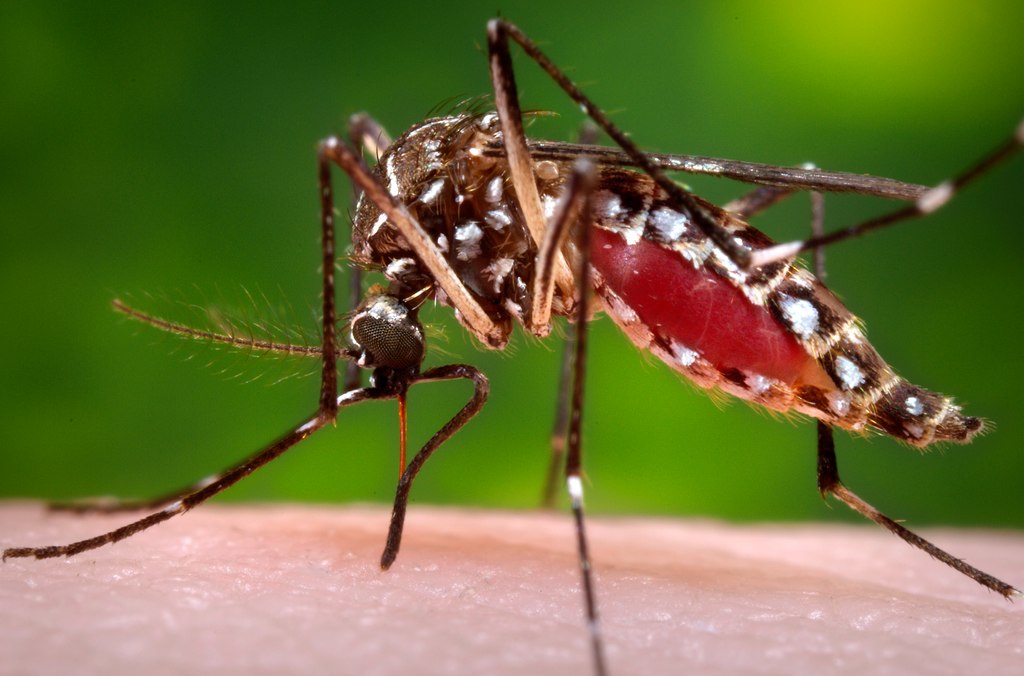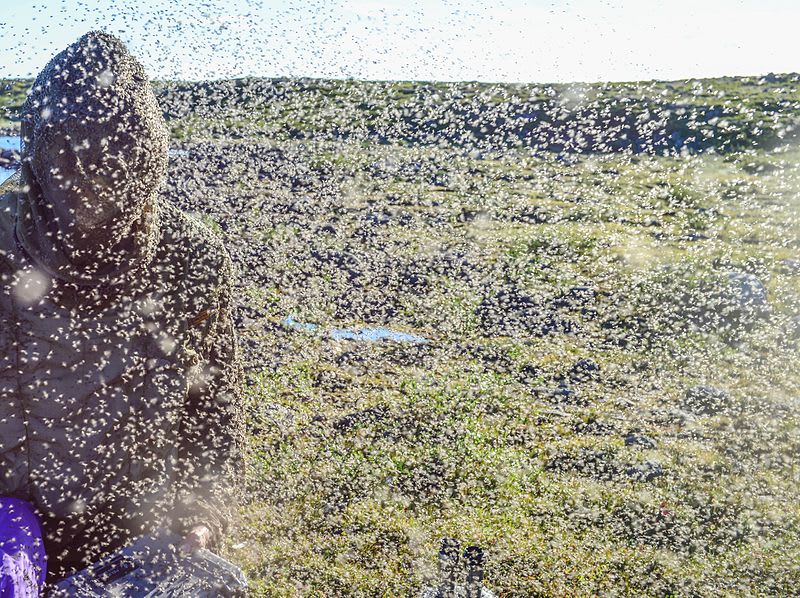'The most important flies are mosquitoes'
Knock knock! Who’s there? Amos. Amos who? Amos-quito. Followed by a pinch. I’m wondering if kids tell these jokes anymore. When I was six there were still kids with hoops and skipping was all the rage with girls. Hopscotch, oranges and lemons...

Knock knock! Who’s there? Amos. Amos who? Amos-quito. Followed by a pinch.
I’m wondering if kids tell these jokes anymore. When I was six there were still kids with hoops and skipping was all the rage with girls. Hopscotch, oranges and lemons, tag… Well, they may have gone but we still have mosquitoes.
A third year uni exam question: ‘Which group of insects is the most significant for humans?’ And the answer is not the moths whose caterpillars eat all our crops, the beetles whose grubs eat our stored food, the bees that provide honey or the bugs that transmit plant diseases. No, it’s flies. Because flies have the greatest impact on human health and that counts highest.
And the most important flies are mosquitoes. Worldwide mosquito-borne diseases of humans lead to more than 750,000 deaths per year, primarily from malaria (627,000 deaths in 2020 according to the World Health Organisation). But many more people are left chronically ill from this and other mosquito-borne diseases such as dengue, yellow fever, Japanese encephalitis, chikungunya and zika. Another aquatic fly, the blackfly, carries river blindness (800,000 people with damaged sight).

What are mosquitoes? They are flies, so two wings, with different looking larva and pupa (in water). The female has long biting mouthparts and feeds on blood, but the male just hangs around for females. Typical. There are about 300 species in Australia divided roughly into two groups – the ones that tilt their bodies downwards to the front when feeding (anophelines e.g. Anopheles) and the ones that don’t (culicines e.g. Aedes and Culex). The distinction is important – only Anopheles carries malaria and only Aedes carries dengue, but of course it’s probably best not to wait till they’re feeding to find out.
In Australia we are relatively lucky. Most of the nasty diseases are absent, malaria has been eradicated and dengue is relatively infrequent and confined to the northern tropics. The endemic (that is, native) diseases we have are Barmah Forest, Ross River, Murray Valley and Kunjin. They tend to cause chronic problems rather than be fatal, but the last two can cause encephalitis.
Mosquito-borne diseases come to us from wildlife. That’s not an excuse to shoot the lot but it’s just a reminder that we should be careful near freshwater, especially covering up and using DEET.
To identify these hosts there have been fascinating studies in Australia (see below), sequencing the DNA in the blood inside wild-caught mozzies. In our semi-urban environment we are sharing mozzies and therefore blood with birds, dogs, rabbits, horses, possums and fellow humans. Some species prefer birds, some mammals. In a recent study in Rockhampton the investigators found chimpanzee blood and discovered they were near a zoo.
Keep well.
More information
The NSW Health website has fact sheets about mosquito-borne diseases in NSW.
Click through to find more about Australian mosquitoes and the diseases they carry; identification of Australian mosquitoes; and articles in the American Journal of Tropical Medicine and Hygiene and Parasites & Vectors on sampling the DNA from blood inside Australian mosquitoes.
NSW Health's mosquito warning
Editor's note: After this article went to print, on 26 February 2022, NSW Health issued a public health alert, warning the community to protect themselves against mosquito bites as Japanese encephalitis virus has been detected in samples from commercial pig farms at five locations in southern and western NSW, indicating the virus is likely circulating in the mosquito population.
NSW Health recommends 5 simple actions to avoid mosquito bites include:
- Cover up as much as possible with light-coloured, loose-fitting clothing and covered footwear when outside.
- Use an effective insect repellent on exposed skin and reapply within a few hours. The best mosquito repellents contain Diethyl Toluamide (DEET), Picaridin, or oil of lemon eucalyptus.
- Use insecticide sprays, vapour dispensing units (indoors) and mosquito coils (outdoors) to clear rooms or repel mosquitoes from an area.
- Cover all windows, doors, vents and other entrances with insect screens.
- Remove any water-holding containers outside the house where mosquitoes could breed.





